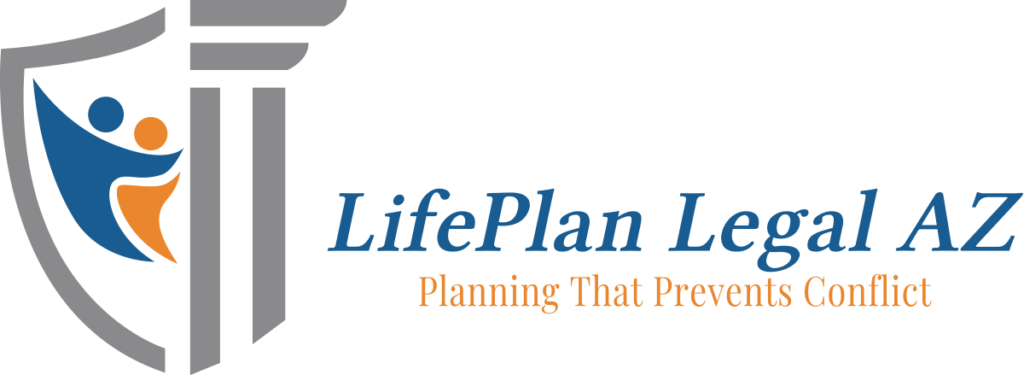It’s a simple question: do you know who your retirement account beneficiaries are? These tax-deferred accounts are complex, with significant tax implications for heirs that become more challenging if key information is missing on beneficiary forms, which is often the case. According to this recent article from The Street, “Secure your IRA—Review Your Beneficiary Forms Now,” the SECURE Act was the biggest retirement law change in decades. As a result, there has never been a more important time to review beneficiary forms.
Start by requesting a copy of your beneficiary designation forms from all of the institutions that hold your IRAs, 401(k)s, 403(b)s, and any tax deferred savings accounts to check for errors and accuracy. Most people fill these forms out when the accounts are opened and never give them a second thought.
The courts see many cases where family dynamics changed, but beneficiary forms were never updated. The cost and stress of estranged or divorced spouses receiving a lifetime of retirement savings because no one thought to update the form cannot be overstated.
It is pretty easy for most of us to locate our wills, trusts and life insurance policies, but we tend not to keep copies of our retirement account beneficiary forms. This makes no sense, as these are the accounts where most people have saved the bulk of their wealth.
Account owners are generally unaware of how important the beneficiary document is, or the consequences of the information being out of date. These documents are more powerful than the will.
These assets pass outside of the will. No matter what your will says, the assets in the accounts pass to whoever is named on the beneficiary form.
If there is no beneficiary named on the form, the asset will likely be paid to your estate. When this happens, the account must be fully distributed within five years of the account owner’s death, if they died before their required beginning date of distributions. If there are no named beneficiaries and the account owner dies on or after the required beginning date, there may be less of a negative impact. An estate planning attorney will be able to help you and your heirs plan for this event.
The SECURE Act made this harder for anyone who dies after 2019. For retirement accounts inherited after December 31, 2019, there are classes of beneficiaries and each has their own distribution rules.
Many trusts named as beneficiaries of IRAs/retirement plans no longer work as planned. If your estate plan named a trust as a beneficiary for a tax-deferred account, speak with your estate planning attorney to make any necessary changes.
The SECURE Act eliminated the use of the “Stretch” IRA for most non-spouse beneficiaries. This means that most heirs will need to empty any inherited accounts within ten years of the death of the owner, rather than stretch the distributions over their own lifetimes. Failure to do so could lead to a 50% penalty of the amount not distributed plus taxes.
Your estate planning attorney may be able to create alternatives to the stretch IRA, but the first step to address this issue is to obtain your beneficiary forms. Once you have them in hand, you can make the necessary changes and begin to plan for the optimal distribution of your assets.
Reference: The Street (Dec. 28, 2020) “Secure your IRA—Review Your Beneficiary Forms Now”


